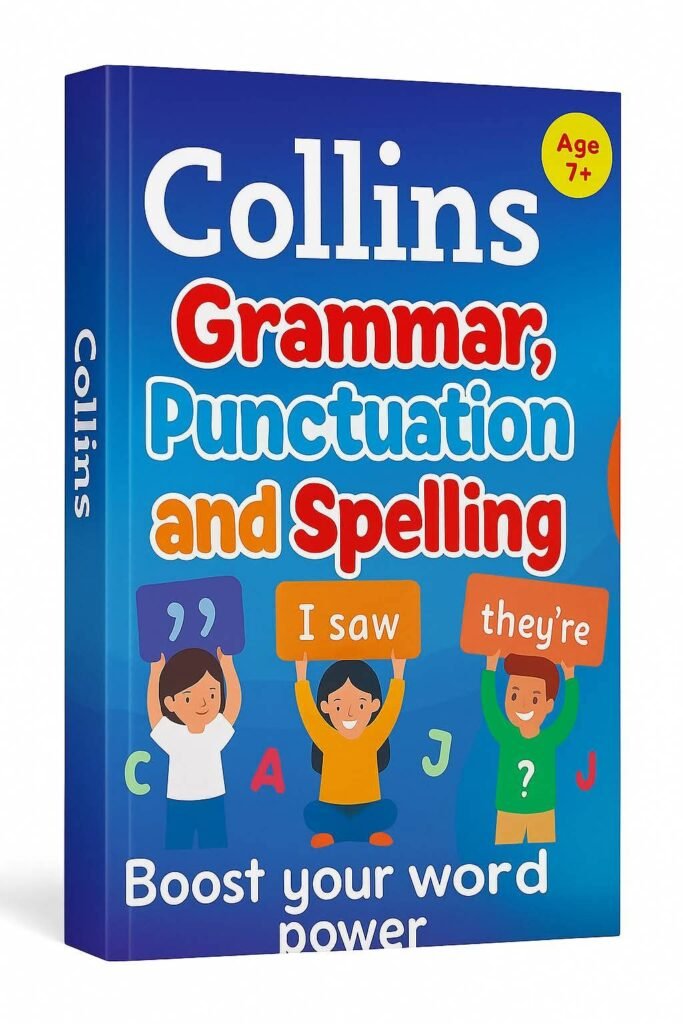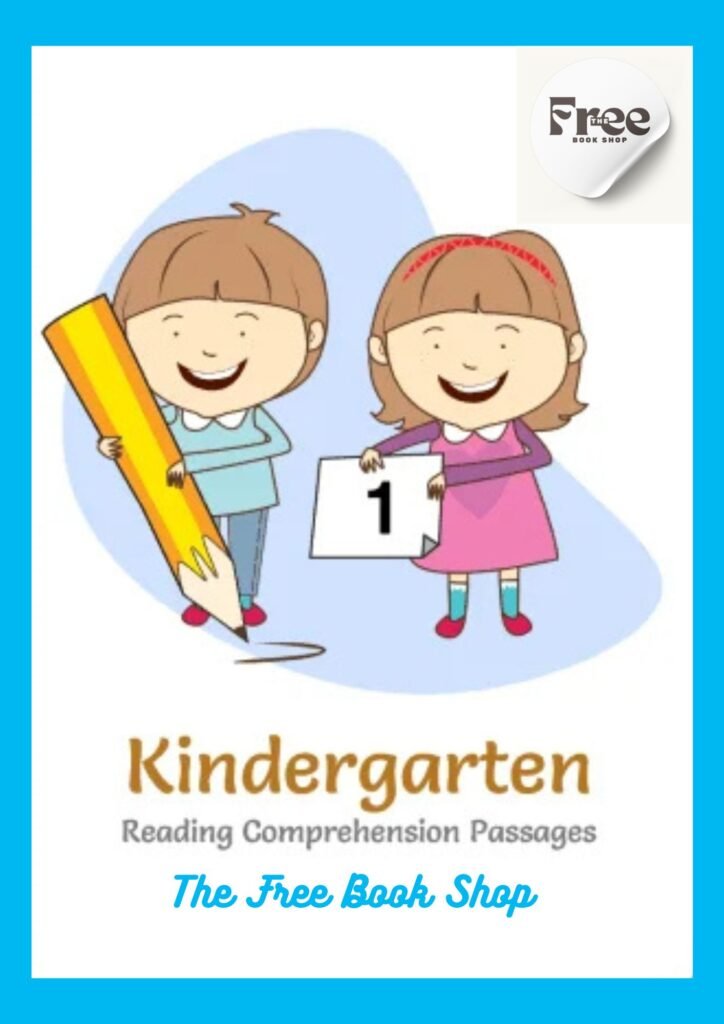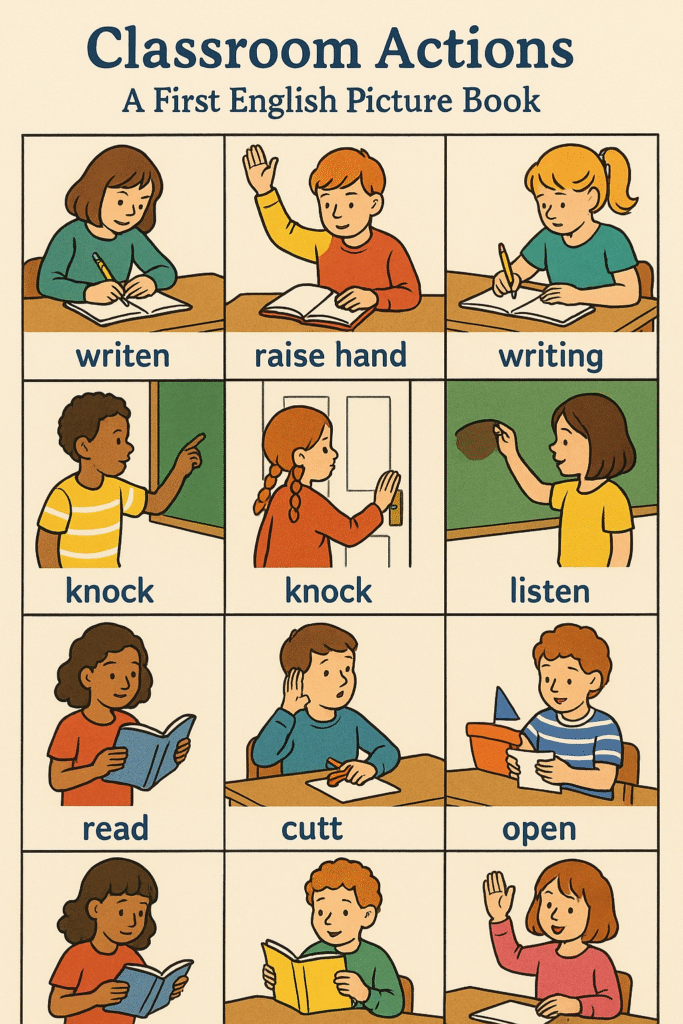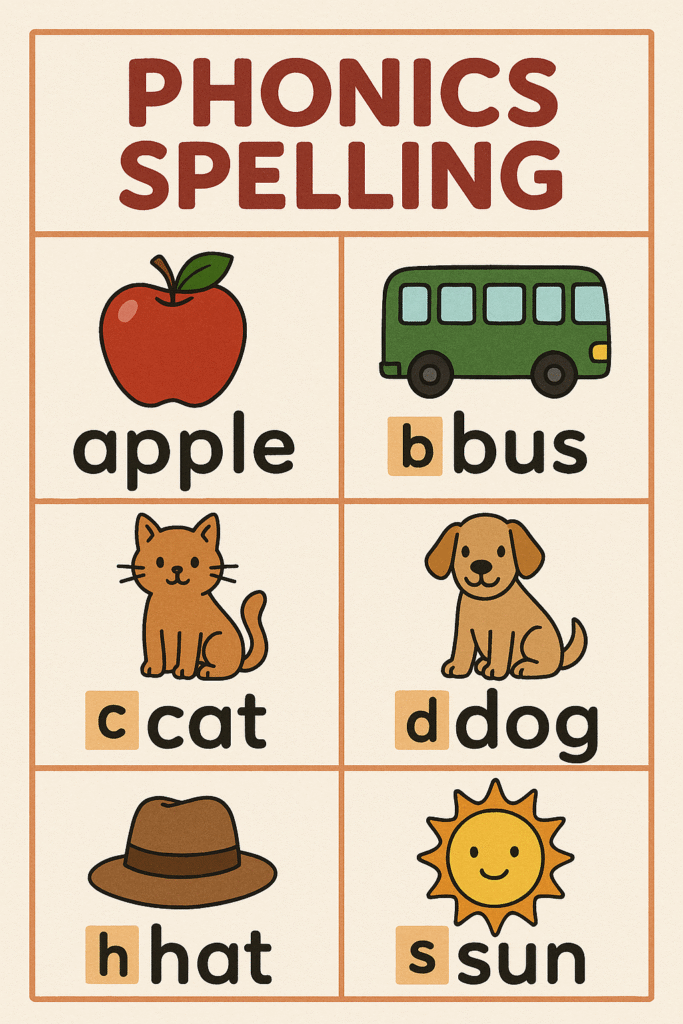Table of Contents
Collins Easy Learning Grammar & Punctuation
(Collins Easy Learning English)
Target audience and level: This reference is aimed at English learners of all ages who want clear, accessible grammar guidancelib.pardistalk.ircollins.co.uk. The publisher explicitly says it’s “suitable for everyone who wants to improve their English,” whether for exam prep or quick referencelib.pardistalk.ir. In practice it serves beginner–intermediate learners (roughly A2–B1 CEFR) up through more advanced students who need a refresher. The style is very user-friendly and clear, so it’s often recommended by teachers and students as a handy reference.
Key topics covered: The book systematically treats basic to intermediate grammar and punctuation topics. It begins with the parts of speech (nouns, verbs, adjectives, etc.)lib.pardistalk.ir and then covers all main English verb tenses (simple, continuous, perfect, future, etc.), auxiliaries, modals and phrasal verbslib.pardistalk.ir. It also covers noun phrases (determiners, articles, compound nouns, possession, pluralization), adjectives and adverbs, pronouns (personal, reflexive, relative, etc.), prepositions, and word order in sentenceslib.pardistalk.ir. At the sentence/clause level it explains statements versus questions (yes/no and wh‑questions), clause types (subordinate clauses, conditionals, reported speech) and active/passive voicelib.pardistalk.ir. A full punctuation guide is included, covering apostrophes, capitals, commas, semicolons, full stops and other markslib.pardistalk.ir. Throughout, the book highlights common learner errors (e.g. apostrophe misuse, overuse of exclamation marks, confusion of common words) with usage tips to avoid themlib.pardistalk.ir.
Structure and features:
The explanations are presented in a clear, concise “user-friendly” formatcollins.co.uk. Each topic is explained in plain language, followed by example sentences. Importantly, examples are drawn from modern usage: the authors base explanations on the Collins corpus (2.5 billion words of contemporary English)lib.pardistalk.ir. For example, the book emphasizes “everyday English” usage in its tense descriptionslib.pardistalk.ir, and its examples “remain close to the corpus” of real languagelib.pardistalk.ir. Many sections include bullet‑point summaries and sidebars. (An “In Colour” edition is also available, which uses colored text boxes and diagrams for clarity, but the core content is the same.)
Practical features include lots of examples and “usage notes.” For instance, after explaining a tense or structure, the book often lists collocations or idiomatic phrases (e.g. phrasal verbs) and illustrates them with short dialogues. It also includes “tip” boxes that flag typical mistakes (e.g. “Avoid the common mistake of saying…,” or reminders like “This form is used to avoid repeating a verb”). The layout is spacious with tables and headings so information is easy to findcollins.co.ukcollins.co.uk. (Unlike a workbook, it has few exercise questions – it’s primarily a reference guide rather than a practice book.)
Notable strengths:
Reviewers and educators consistently praise the book’s clarity and breadth. The concise, straightforward explanations and up‑to‑date examples are often described as “indispensable” for learnerscollins.co.uk. The corpus-based approach means the usage notes reflect real English (for example, corpora examples guide decisions about tricky points)lib.pardistalk.ir. The punctuation coverage and “common errors” tips are also frequently cited as particularly helpful (one reviewer noted that “the part on punctuation was spot on” for reviewing weak areas). In short, many users find it a reliable one‑stop reference that covers everything from A–Z in English grammar and punctuationcollins.co.uk.
Common criticisms:
There are few harsh criticisms, but a few drawbacks are noted by learners. Because the book aims to be elementary and comprehensive, advanced learners may find it covers mostly familiar material. (Some users comment that the grammar sections simply formalize rules they already use “subconsciously.”) Also, as a reference grammar it provides explanations and examples but little in the way of exercises. In other words, it’s very readable as a guide, but students seeking interactive practice will need a companion workbook. These points are mostly mentioned in user forums and reviews rather than formal sources.
Reception by learners and educators:
On retail and review platforms the book is rated highly (around 4–5 stars on Amazon/Goodreads). Users commonly describe it as “very helpful,” “easy to understand,” and “clearly laid out.” Teachers often recommend it to students as a clear, reliable reference. No major academic reviews are found, but publishers and educators alike highlight its practical value. In summary, the book’s reception is generally positive – appreciated for making complex grammar accessible.
Editions and comparatives:
The main edition is Collins Easy Learning Grammar and Punctuation (1st ed. 2011). A 2nd edition (2015) was released with updated examples and explanations based on the latest corpus researchcollins.co.uk. Both editions cover the same topics; the second edition adds new examples and reflects current usage. (There is also a color‑formatted “in colour” edition, and Collins publishes similar titles for other languages in the Easy Learning series.) Other Collins grammar books include Collins COBUILD English Grammar (a more advanced, comprehensive grammar) and the Collins series for school English (the “Enhanced Collins English Grammar & Composition” series used in some curricula), but these are aimed at different levels/audiences. In general, Easy Learning Grammar & Punctuation is the go‑to Collins title for general learners.
Sources: Publisher descriptions and the book’s introduction provide details on scope and stylelib.pardistalk.irlib.pardistalk.ircollins.co.ukcollins.co.uk. The book’s own introduction outlines its topics (parts of speech, tenses, clauses, punctuation, etc.)lib.pardistalk.ir and emphasizes its corpus-based exampleslib.pardistalk.ir. Common‑error tips are highlighted in the book itselflib.pardistalk.ir. These are supplemented by retailer and library site blurbs (e.g. Barnes & Noble, Collins UK) echoing the “accessible guide” and “clear explanations”collins.co.ukcollins.co.uk. Finally, user feedback on Amazon/Goodreads (not formally citable) was surveyed for reception and criticisms (finding an overall positive consensus, as noted above).






















